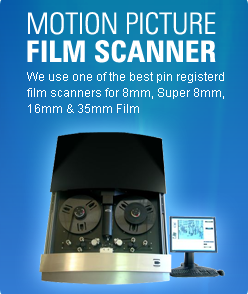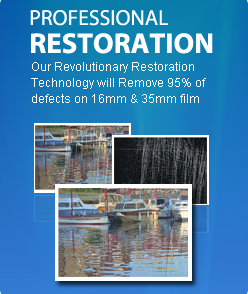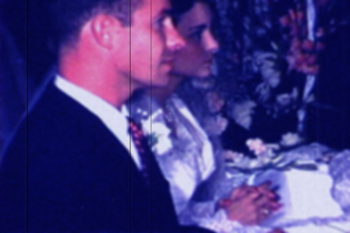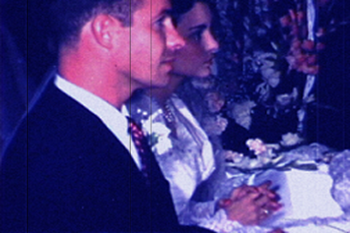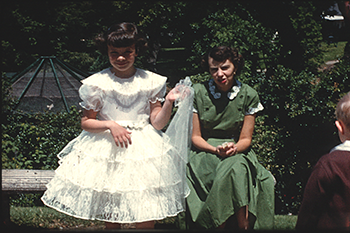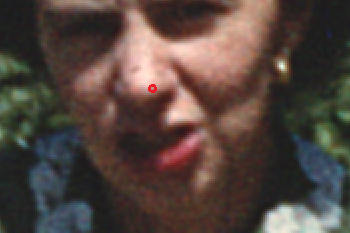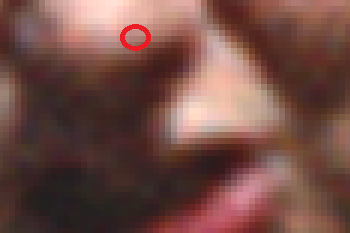
The first table shows how the same film looks using our 4 different processes. You can see that the difference can be significant for our Augusta customers.
The second table presents a case for scanning 8mm and Super 8 film at 2K resolution. In the past year we have done 20 comparisons. Contrary to popular belief, we do see a noticeable difference in quality between our Pro HD and Pro 2K process on 8mm and Super 8 film.
In general it is recommended that you scan at or above the resolution of the film. For 8mm and Super 8 that means scanning at HD or 2K.
8mm And Super 8 Film Augusta |
|
SD Scan
|
|
Pro HD Scan
|
|
Pro 2K Scan
|
|
Pro 4K Scan
|
|
Film Resolution |
|
Resolution of Film |
|
Film Grain
|
|
Film Grain vs Digital Pixel
|
|
Professional films usually have access to the original camera negative in addition to work prints, answer prints, etc. It is always better to scan using the original camera negative.
Augusta Fun Facts: Nestled along the banks of the Savannah River, Augusta sits approximately 150 miles east of the state capital of Atlanta. Major thoroughfares servicing the city include Interstates I-20 and I-520; U.S. Routes 1, 25, 78, and 278; and Georgia State Highway 28. Augusta's rich history dates back to 1736, when it was established as a settlement by British General James E.
Georgia Fun Facts: In 1864, Union General William Tecumseh Sherman invaded Georgia, captured Atlanta and began his infamous March to the Sea,cutting a 200-mile-wide swath of fire and destruction reaching all the way to Savannah. Georgia’s landscapevaries greatly as it sweeps from the Appalachian Mountains in the northto the marshes of the Atlantic coast on the southeast tothe Okefenokee Swamp on the south. The largest of the U.S. states east of the Mississippi River and the youngest of the 13 former English colonies, Georgia was founded in 1732, at which time its boundaries were even larger—including much of the present-day states of Alabama and Mississippi.
